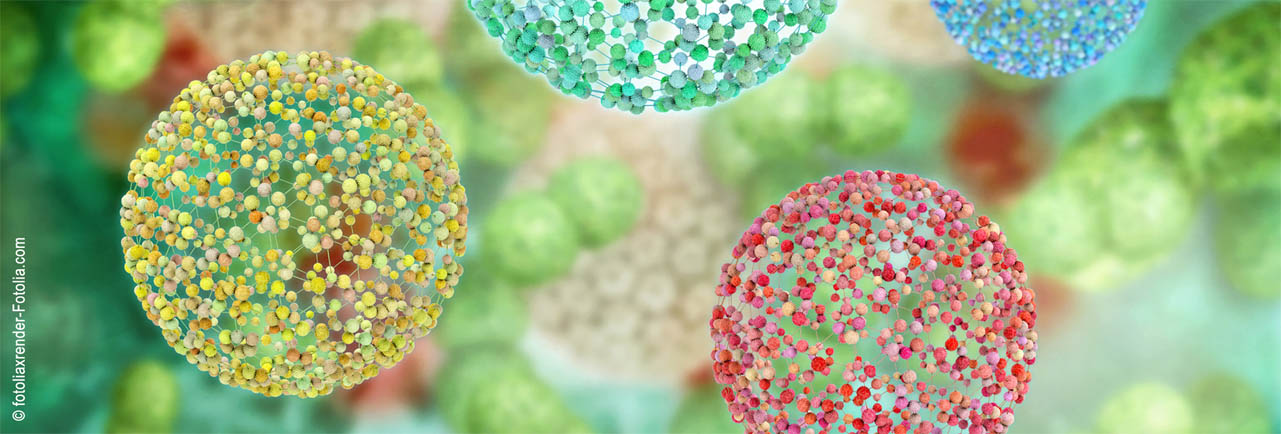Speaker
Description
Hydrogels are soft materials formed by polymeric networks that can absorb significant amounts of water while remaining insoluble in water due to chemical or physical cross-linking. Over the past few decades, hydrogels have become a subject of growing research interest because of their unique properties, including their ability to swell, flexibility, biocompatibility, and non-toxicity. [1,2]
The application of these hydrophilic structures for wastewater treatment is a relatively new development, prompted by the alarming rise of toxic pollutants like heavy metals in the environment. Chemical precipitation, ion exchange resins, and filtration techniques have been used in the past few years for water remediation, however their costs in terms of production, disposal, and environmental impact are still too high. Adsorption has proven to be an alternative for water treatment due to its effectiveness and low economical impact.
In this study we investigate the properties of adsorption efficiency and selectivity of two different kind of hydrogels in the recovery heavy metal ions from aqueous solution. The tests have been carried out by treating mixed noble metal ion solutions (containing gold, ruthenium, iridium, palladium, platinum and rhodium with concentrations of 10 ppm each), which closely mimic the realistic condition of an industrial waste. The hydrogels examined in this study are 3 mm beads based on Sodium Alginate and CarboxyMethyl Cellulose [3,4], and 5 mm in diameter and 3 mm thick dry discs based on Acrylamide and Acrylic Acid, main monomer and co-monomer respectively. [5] The investigation includes an analysis of properties such as swelling degree, gel fraction, and internal structure, which are crucial to understand the mechanisms underlying the interactions between hydrogel and metal ion solutions.
References
[1] Ahmed, Enas M. (2015). Hydrogel: Preparation, characterization, and applications: A
review. Journal of Advanced Research, 6(2), 105_121. Doi: 10.1016/j.jare.2013.07.006
[2] Khan, M., Lo, I.M.C., A holistic review of hydrogel applications in the adsorptive removal
of aqueous pollutants: Recent progress, challenges, and perspectives, Water Research (2016),
Doi: 10.1016/j.watres.2016.10.008.
[3] R. Lagoa, J.R. Rodrigues. Kinetic analysis of metal uptake by dry and gel alginate particles. Biochemical Engineering Journal 46 (2009) 320–326. Doi: 10.1016/j.bej.2009.06.007
[4] H. Ren, Z. Gao, D. Wu, J. Jiang, Y. Sun, C. Luo. Efficient Pb(II) removal using sodium alginate–carboxymethylcellulose gel beads: Preparation, characterization, and adsorption mechanism. Carbohydrate Polymers 137 (2016) 402–409. Doi: 10.1016/j.carbpol.2015.11.002
[5] N. Chowdhury, Solaiman, C. K. Roy, S. H. Firoz, T. Foyez, and A. B. Imran. Role of Ionic Moieties in Hydrogel Networks to Remove Heavy Metal Ions from Water; ACS Omega 2021, 6, 836−844. Doi: 10.1021/acsomega.0c05411

